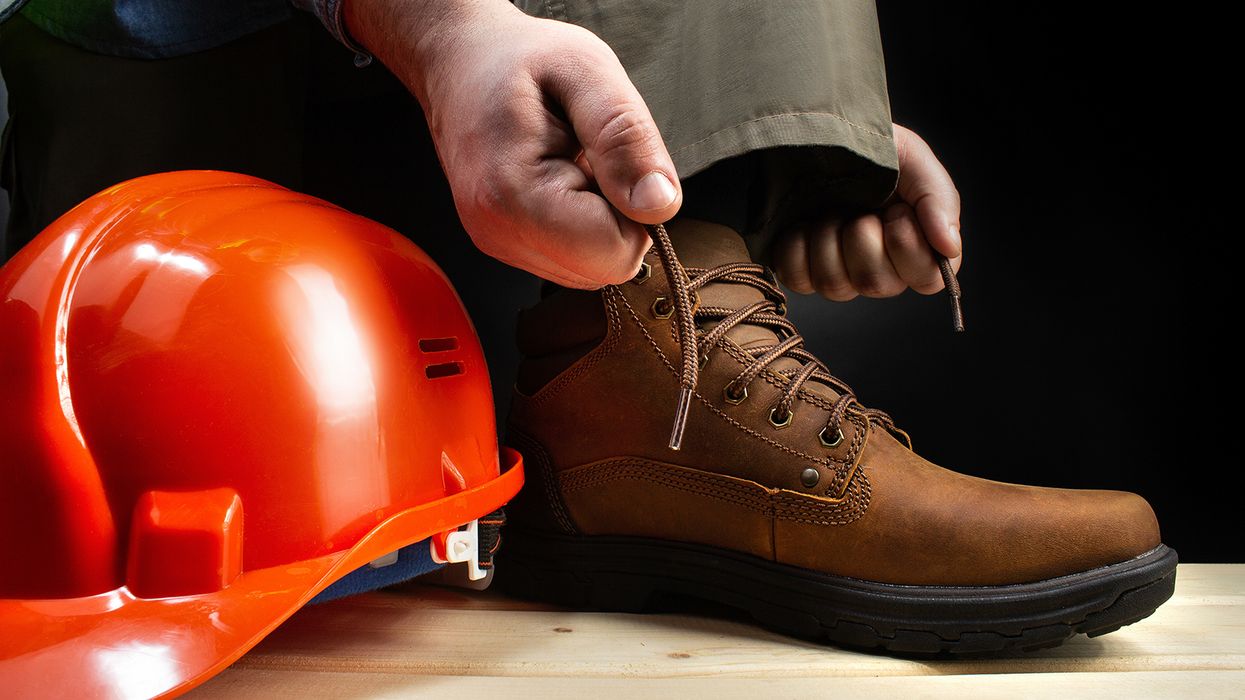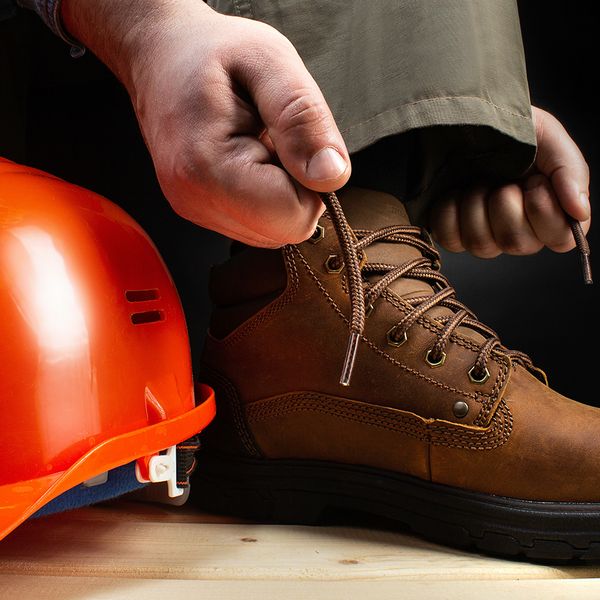PPE Safety in 2024: A Year in Review
As 2024 comes to a close, it's time to reflect on the key changes and updates in personal protective equipment (PPE) standards that shaped workplace safety this year. From new regulations like the NFPA 70E revisions to evolving best practices across industries, employers have navigated a dynamic landscape to enhance worker protection. Here’s a recap of the most significant PPE developments and what they mean for the future of workplace safety.
PPE fit requirements
The final rule for OSHA's personal protective equipment (PPE) requirements in construction reached the Office of Management and Budget (OMB) on November 13th. OMB typically takes 90 to 120 days to review the rule, after which it will be published in the Federal Register along with an effective date.
This final rule aims to clarify the PPE fit requirements in construction. Specifically, paragraph (c) of 1926.95 will be revised to state that employers must ensure all PPE is designed and constructed safely for the tasks to be performed and is selected to provide a proper fit for each affected employee.
PPE – OSHA’s Top 10 Most Frequently Cited Safety Violations
During the National Safety Council (NSC) conference in Orlando on September 17, 2024, the director of OSHA’s Directorate of Enforcement Programs revealed the Top 10 Most Frequently Cited Safety Violations for fiscal year (FY) 2024.
While fall protection for construction maintained its position as the most violated standard, the 9th most frequently cited violation was Personal Protective and Lifesaving Equipment – Eye and Face Protection (1926.102).
Proposed heat illness prevention rule updates
OSHA's proposed heat illness prevention rule, published in the Federal Register on August 30, 2024, applies to employers in general industry, construction, agriculture, and maritime sectors, addressing heat hazards in both indoor and outdoor work environments.
The rule mandates employers to develop an injury and illness prevention plan for heat risks, establish protective measures for new or returning workers, provide training on heat illness prevention, and implement procedures to respond to heat-related symptoms and emergencies. Stakeholders have until December 30, 2024, to submit comments on the proposal.
PPE options to help employers manage heat stress, include cooling vests, cooling towels like JJ Keller’s Safegear Evaporative Cooling Towel, cooling bandanas such as JJ Keller’s Safegear Evaporative Cooling Bandana, portable ice packs, and portable water packs.
OSHA’s Emergency Response rule
OSHA’s Emergency Response proposed rule would create a new safety and health standard to replace its existing Fire Brigades Standard. It would provide updated health and safety protections, such as PPE, for firefighters, emergency medical service providers, and technical search and rescuers.
The rule won’t apply to any employer that is not an Emergency Service Organization (ESO) and does not have a Workplace Emergency Response Team (WERT). So, not all employers will be affected by this rule. The comment period closed on July 22, 2024, but interested parties can view comments at regulations.gov; search for Docket No. OSHA-2007-0073.
Virtual, informal public hearings occurred from November 12, 2024, through December 4, 2024. OSHA discussed the need for the Rule and proposed changes to its Standard. Recordings of the hearings can be viewed at OSHA’s website.
Electrical PPE
Employers with electrical workers often turn to NFPA 70E for guidance on protecting against arc flash and shock hazards. The 2024 update provides additional guidance on arc flash assessments and expanded category ratings.
While OSHA doesn't directly enforce NFPA 70E, it can use the standard to support citations related to personal protective equipment, such as using the Flash Hazard Boundary to assess PPE compliance under 1910.335.
Employers should review their 2024 liability policies to see if they require adherence to NFPA 70E-2024. A significant update in this edition is the new definition of "protector" as a glove or mitten worn over rubber-insulating gloves to prevent damage to the rubber. However, leather protectors do not offer electrical shock protection.
The next revision cycle will occur in 2027, so no major changes are expected immediately.
Lead standard rulemaking
OSHA plans to continue its rulemaking to update its lead standards into 2025. The Agency looks to reduce medical removal protection and surveillance triggers under OSHA’s current General Industry and Construction standards.
Proposed updates would affect blood lead triggers, medical surveillance, permissible exposure limit, PPE, housekeeping, hygiene, and training.
On June 28, 2022, OSHA published an Advanced Notice of Proposed Rulemaking (ANPRM) in the Federal Register. OSHA extended its comment period to October 28, 2022.
OSHA plans to finalize its analysis of comments in December of 2024, readying it for additional rulemaking steps into 2025. The Rule is expected to have economic implications, so it won’t likely be finalized before the end of the Biden administration.
Footwear gets an update
In July 2024, ASTM updated its F-2413-2005 standard, Standard Specification for Performance Requirements for Protective Footwear, which OSHA references in 1910.6. While OSHA has yet to adopt this latest version, footwear manufacturers may begin using or referring to it.
OSHA’s approach to national consensus standards, like those from ASTM, is that compliance with the OSH Act is only achieved when those standards are formally adopted or specifically incorporated by reference into an OSHA regulation.
Employers must follow OSHA standards under Section 5(a)(2) of the OSH Act, meaning the updated ASTM standard, unless formally adopted by OSHA, is not enforceable for compliance.
Key to Remember
As 2024 closes, key updates in PPE standards, including NFPA 70E revisions and evolving best practices, highlight a stronger focus on tailored safety measures and proactive risk management to protect workers in diverse industries better.




















































